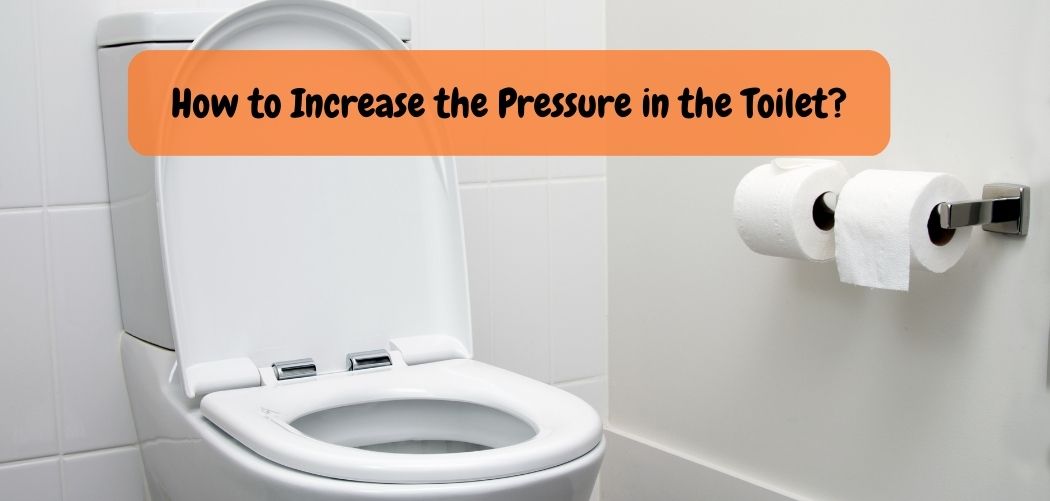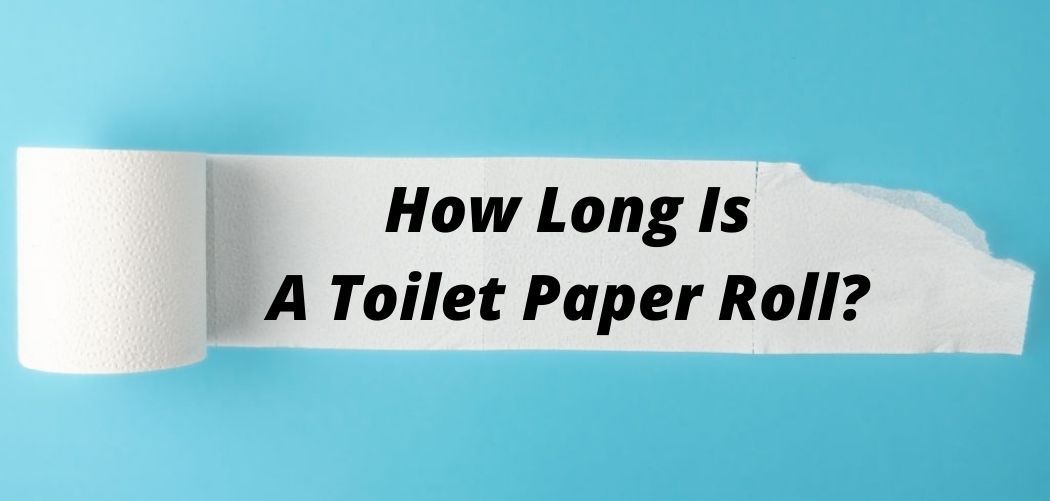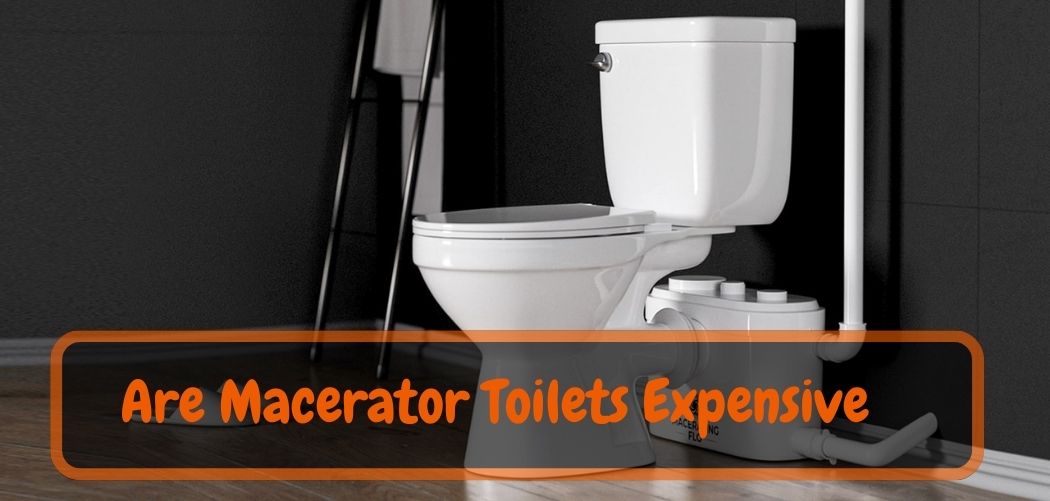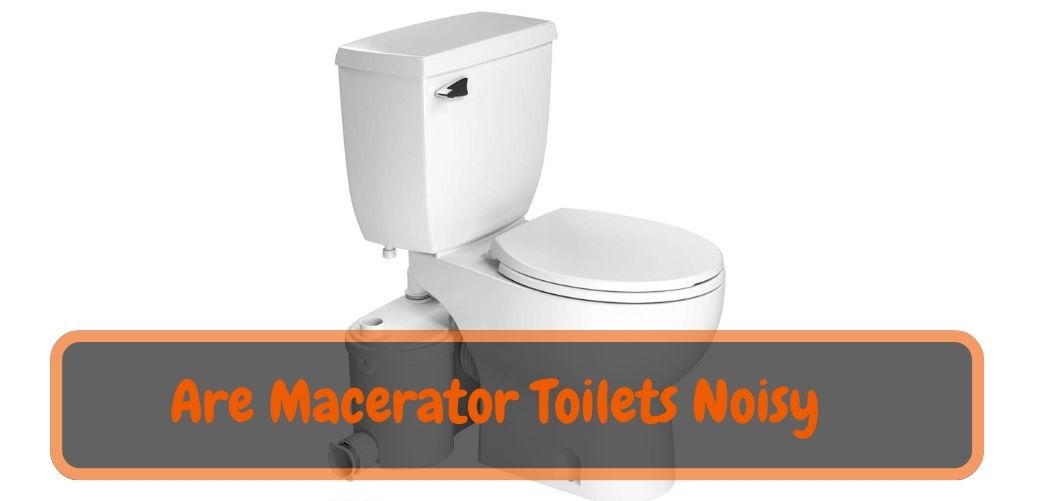The water pressure in your toilet is essential for proper flushing, and if you’re experiencing low pressure, it can lead to inefficient flushing and other problems.
A low-pressure toilet can be frustrating and may require you to flush multiple times, which can waste water and increase your utility bills. Fortunately, there are several ways to increase the pressure in your toilet and improve its performance.
In this article, we’ll explore some simple tips and tricks that can help you increase the pressure in your toilet and ensure it’s working efficiently.
Guide for Increase the Pressure in the Toilet
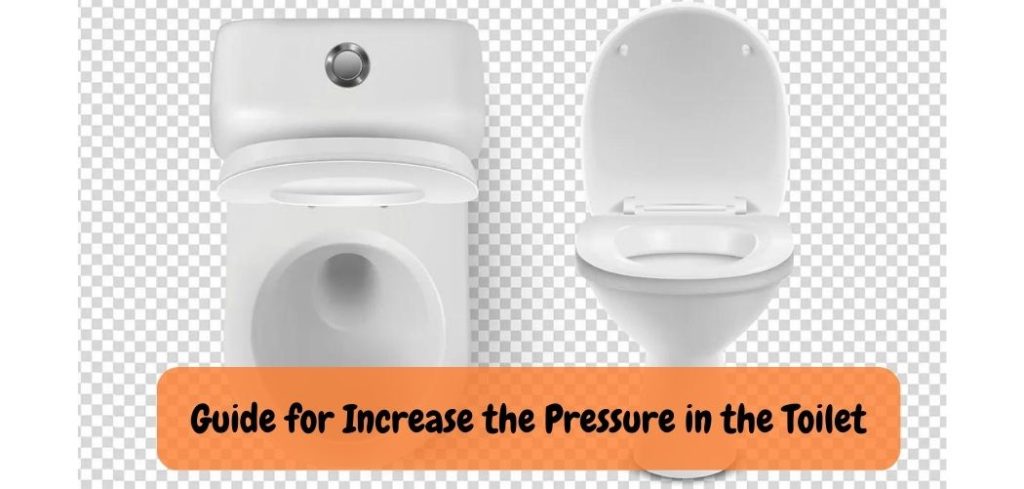
If you’re experiencing low water pressure in your toilet, you may be wondering what you can do to fix the problem. Low pressure can lead to inefficient flushing, which can result in the need for multiple flushes and wasted water. Fortunately, there are several steps you can take to increase the pressure in your toilet and improve its overall performance. Here’s a guide on how to increase the pressure in the toilet.
Step 1: Check the water supply valve
The first step in addressing low water pressure in your toilet is to check the water supply valve. This valve controls the flow of water to your toilet, and if it’s not fully open, it can cause low pressure. To check the valve, locate the valve behind the toilet, typically on the wall or floor, and ensure that it’s fully turned on.
Step 2: Clean the rim holes
The rim holes are small openings located around the top of the bowl. These holes are designed to distribute water evenly during a flush. However, over time, they can become clogged with mineral deposits, dirt, and other debris. This can restrict water flow and result in low pressure. To clean the rim holes, use a wire hanger or small brush to gently remove any buildup.
Step 3: Adjust the flapper valve
The flapper valve is the rubber piece at the bottom of the toilet tank that controls the flow of water into the bowl during a flush. If the flapper valve is not opening fully, it can restrict water flow and lead to low pressure. To adjust the flapper valve, locate the chain that connects the valve to the flush lever and adjust it so that the flapper valve opens fully during a flush.
Step 4: Replace the fill valve
If none of the above steps work, you may need to replace your toilet’s fill valve. The fill valve is responsible for refilling the tank after a flush, and if it’s not functioning properly, it can lead to low pressure. To replace the fill valve, turn off the water supply to the toilet, remove the old valve, and install the new one according to the manufacturer’s instructions.
Step 5: Consider upgrading to a more efficient toilet
If you’re still experiencing low pressure even after trying the above steps, it may be time to consider upgrading to a more efficient toilet. Newer models are designed to use less water while still providing powerful flushes. This can not only increase water pressure but also save you money on your water bill in the long run.
Note: Low water pressure in your toilet can be frustrating, but there are several steps you can take to address the issue. By checking the water supply valve, cleaning the rim holes, adjusting the flapper valve, replacing the fill valve, or upgrading to a more efficient toilet, you can increase the pressure in your toilet and improve its overall performance.
How to Increase Water Pressure in Toilet Jet?
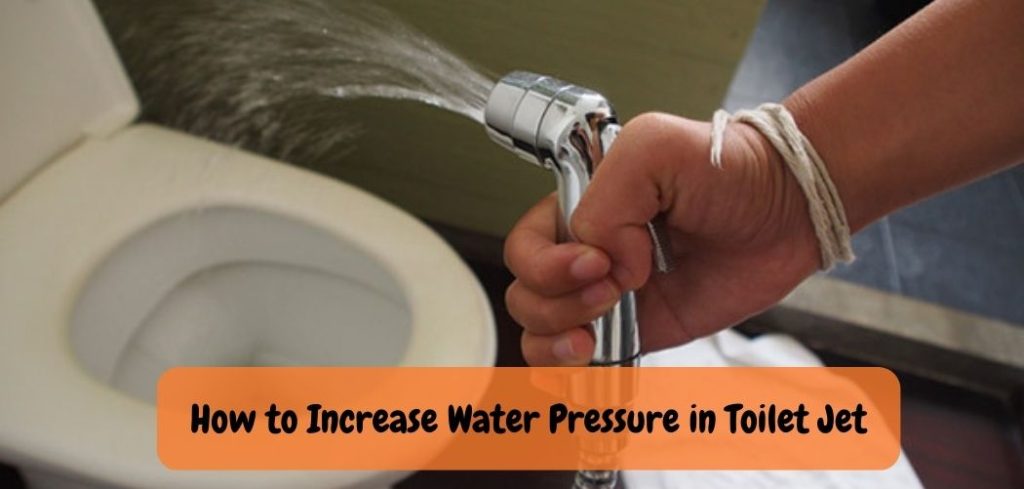
If you’re experiencing low water pressure in your toilet jet, there are a few simple steps you can take to increase the flow. Firstly check that all the valves on the water supply line leading to the tank are opened fully and that no hose clamps or kinks restrict water flow. Secondly, run your fingers around the rim of your toilet bowl to remove any buildup of lime scale or other debris which can reduce water pressure.
Finally, inspect and clean out any blockages in the waste pipe from time-to-time as this too can affect overall water pressure.
How to Increase Toilet Water Level?
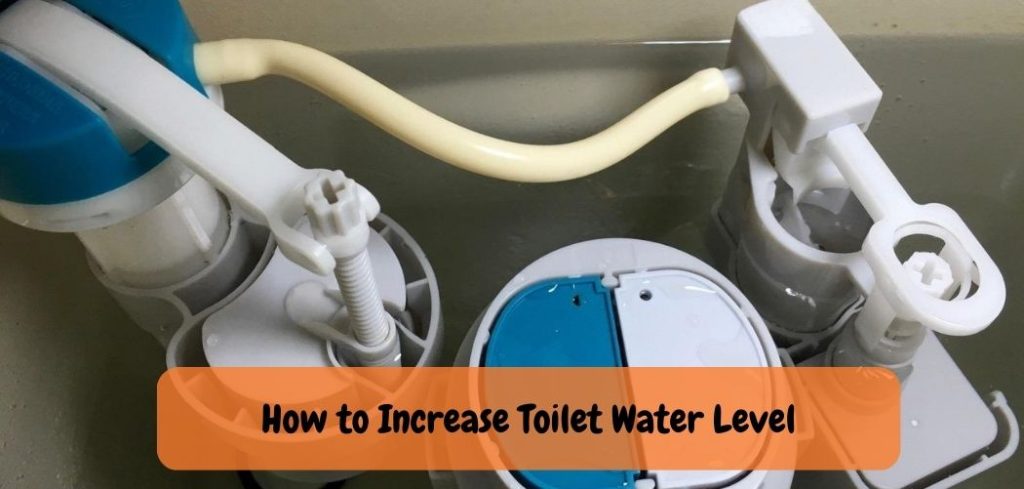
One of the easiest ways to increase toilet water level is to adjust the float ball. The float ball, which is usually found at the back of your toilet tank, can be adjusted by turning a small screw that holds it in place. If you feel like the water level is too low, try raising the float ball slightly so that more water can enter into your tank and raise its overall level.
High Water Pressure Toilet Problems
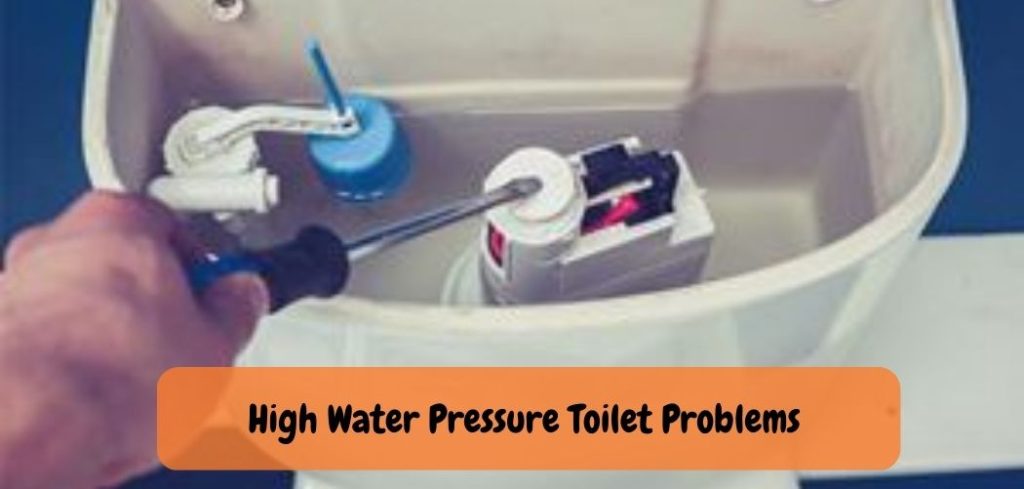
The High water pressure can cause a variety of problems in toilets, such as constantly running water, overflows and leaks. In extreme cases, it can even damage the pipes and fittings inside the toilet tank. If you’re experiencing any of these issues due to high water pressure, it’s important to call a plumber right away as they will be able to diagnose the problem and make any necessary repairs or adjustments.
Toilet Water Pressure Valve
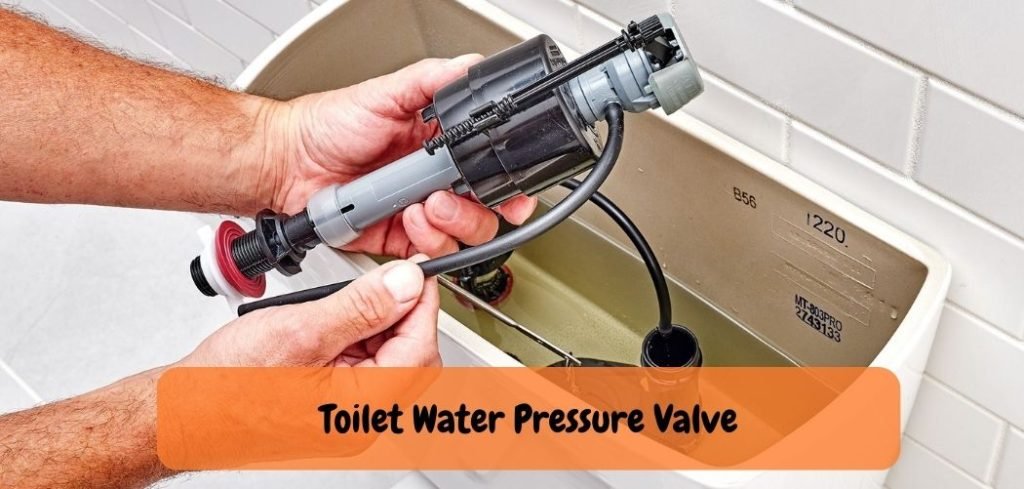
A toilet water pressure valve is a device that regulates the amount of water entering your home’s plumbing system. It helps to ensure that there is enough pressure in the pipes for proper functioning, including flushing toilets. The valve can be adjusted to allow more or less water into the system, depending on your needs.
Regular maintenance should be performed to make sure it is working properly and not leaking, which can lead to costly repairs down the road.
What Causes Low Water Pressure in Toilet?
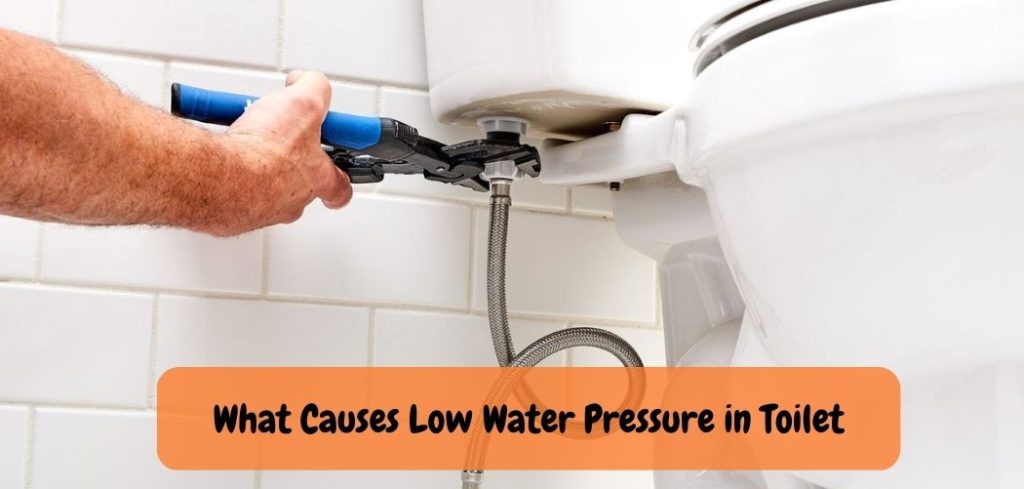
Low water pressure in the toilet can be caused by a variety of issues. One of the main causes is an obstruction in your plumbing system, such as a blockage or leak. This could be due to a number of things, including tree roots that are blocking the pipes, corrosion from old pipes, or mineral deposits from hard water.
Another common cause is inadequate supply lines which may not provide enough water to fill up the tank and flush properly. The valve connecting your home’s water line to the toilet may have also become clogged or corroded over time and needs replacing. Finally, low water pressure can also stem from problems with your city’s municipal piping system if you are on public utilities.
In this case, calling out a plumber who specializes in residential plumbing should help identify and fix any underlying issues quickly so you can get back to enjoying normal pressures in no time!
How Do You Fix a Toilet That Needs to Flush Twice?
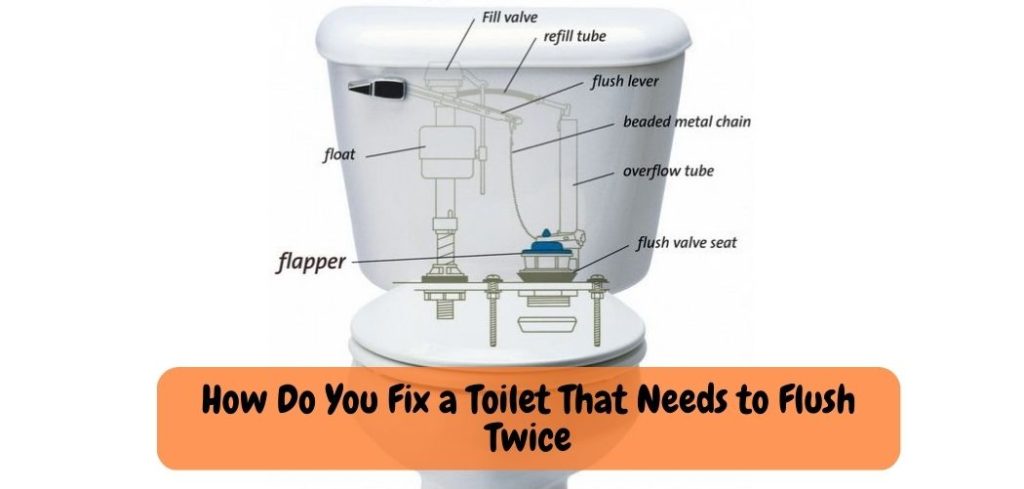
If your toilet is having trouble flushing and needs to be flush twice before it’s completely empty, you need to understand the cause of the problem. The most common reasons for a toilet needing to be flush twice are either a clogged or blocked drain pipe, or an issue with the toilet’s flushing mechanism. To fix this issue, start by removing any obstructions in the drain pipe.
If there doesn’t seem to be anything blocking it, then move on to checking out the flushing mechanisms. Inspect all parts that help control water flow like the float cup and fill valve assembly as well as flush valve and tank lever connection. Make sure everything is functioning properly and if not replace any broken parts.
Once this has done try testing out your toilet again – if it still requires two flushes then you may need a plumber’s assistance for more complicate repairs like replacing seals or adjusting water levels in order to increase pressure throughout all components of your plumbing system.
Why is My Toilet Flushing Slow And Weak?
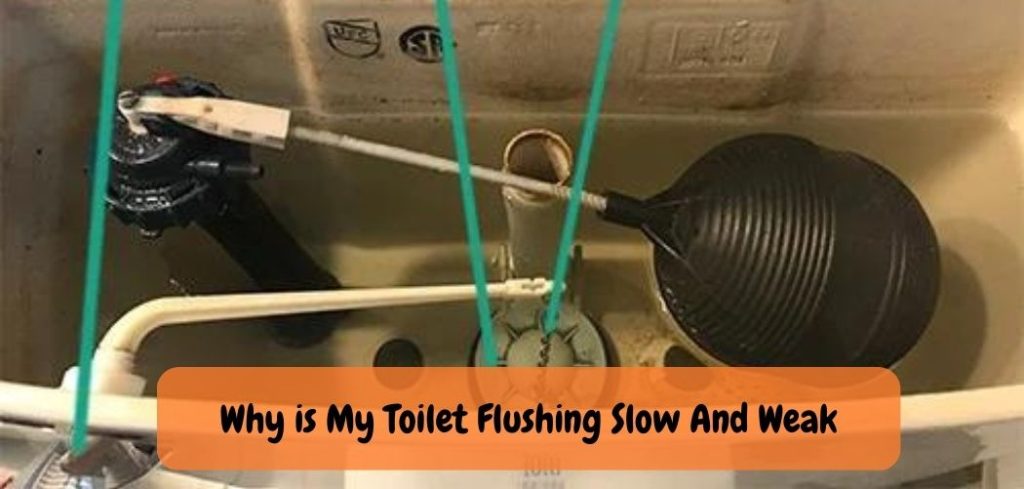
Having a toilet that flushes slowly and weakly can be incredibly frustrating, especially when it seems like nothing you do works to fix the issue. Unfortunately, this is an all too common problem in many households across the country. The good news is that there are several potential causes for a slow or weak flush, and most of them can be easily remedied with just a few simple steps.
The first thing to check is if your tank isn’t filling up as quickly as it should be; if this is the case, then you may need to adjust the float valve or replace any damaged parts inside the tank. It could also cause by debris buildup in either the tank or pipe system; if so, cleaning out these areas will usually solve your flushing woes. Finally, low water pressure could also be at fault – if this is indeed the cause then installing a pressure-assist fill valve should help improve your toilet’s performance significantly!
TOILET HAS WEAK FLUSH? – EASY FIX!!! 🚽 👍😎
Conclusion
By following the tips and tricks outlined in this article, you can increase the pressure in your toilet and improve its overall performance.
Remember to start by checking the water supply valve, as this is often the root cause of low pressure. If that doesn’t work, you can try cleaning the rim holes or adjusting the flapper valve.
If all else fails, you may need to replace your toilet’s fill valve or even consider upgrading to a more efficient model. With a little bit of effort and know-how, you can enjoy a more powerful flush and save money on your water bill in the process.


